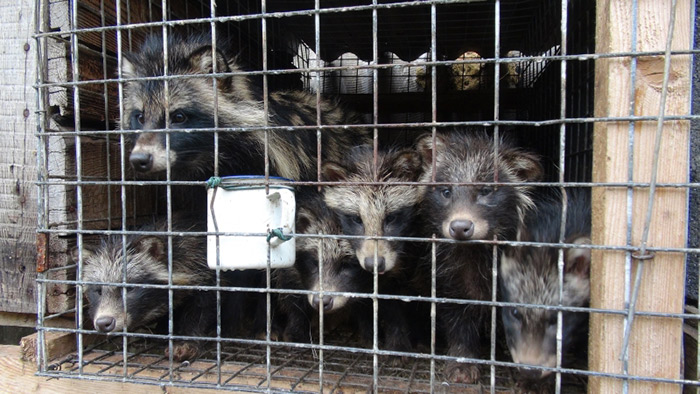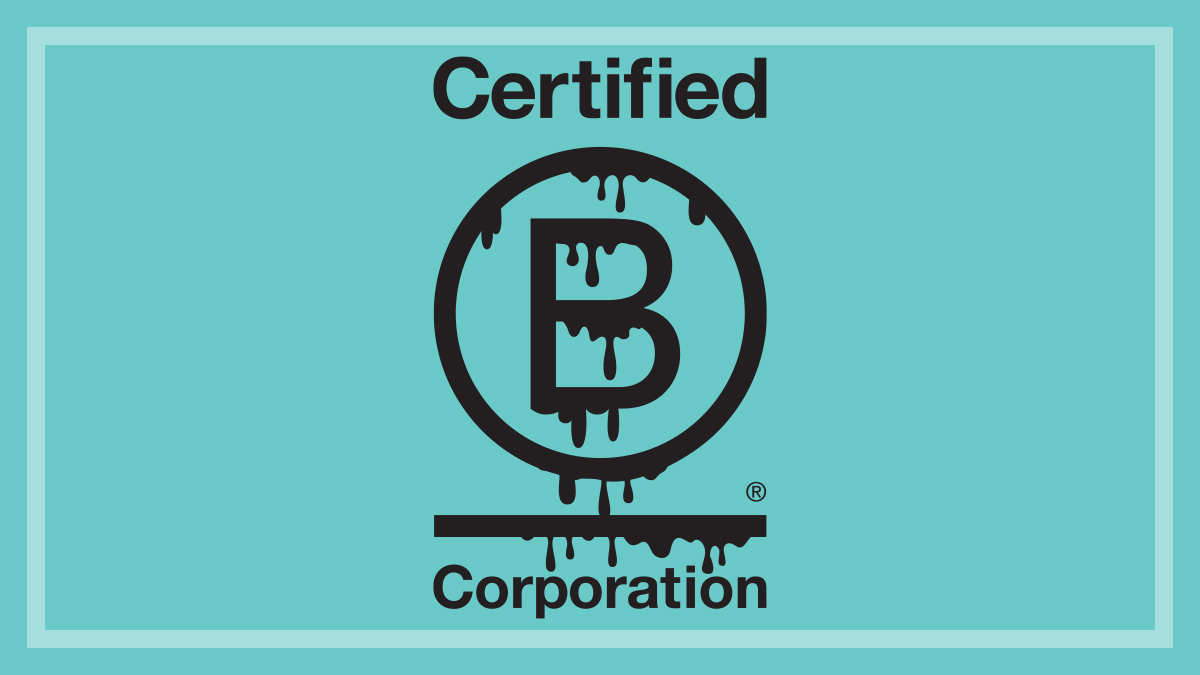Get our independent lab tests, expert reviews and honest advice.
Is it faux or is it real? Australia’s hidden fur trade

Need to know
- Genetic testing on fur products at markets in Victoria late last year revealed that many products labelled 'faux fur' were the real thing
- There are limited controls on most fur products coming into Australia, and the products are largely untraceable
- False and misleading product labels are illegal under Australian Consumer Law
The amount of animal fur coming into Australia greatly exceeds the market for it, not least because many major retailers have switched to faux fur for ethical reasons.
Fur products are denied entry to Australia if they come from a dog, cat or some endangered animals under the Convention of International Trade in Endangered Species of Wild Fauna and Flora (CITES).
But there are no laws against the importation of the types of fur that have long been mainstays of the industry, such as racoon, racoon dog, mink and muskrat. And there are no traceability mechanisms in place to determine the source of the fur products that are allowed to be imported.
Shoppers looking for faux fur have a problem – they may be buying real fur without knowing it
That should be troubling for anyone who’s trying to avoid buying real fur, because with all the fur coming into the country, shoppers looking for faux fur have a problem – they may be buying real fur without knowing it.
And fur farms around the world have a well documented history of inhumane treatment of animals.

Faux fur or the real thing?
In November 2019, the animal protection organisation Four Paws teamed up with the Animal Justice Party to investigate whether faux fur being sold in the Queen Victoria and South Melbourne markets was actually real fur.
The hunch paid off. Genetic testing revealed that the fur trims on clothing came from racoons and racoon dogs, animals that have long been subjected to cruel and abusive practices in the international fur trade. (Racoons are native to North America; racoon dogs are native to Asia and are canines.)
Mink and muskrat fur were also discovered during the investigation, and where animal fur was listed on the label the fur often turned out to be from a different animal.
According to a 2019 report from the non-profit ACTAsia (whose mandate includes animal welfare), real animal fur labelled as faux fur and dog and cat fur labelled as rabbit or raccoon dog “is especially common when fur is exported to Europe, Australia and the US, where the fur-free movement is strongest and the use of dog and cat pelts is illegal”.
In a follow-up investigation by Four Paws and the Animal Justice Party in March this year, mislabeled items were again found at Queen Victoria Markets
“Dog and cat fur are exceptionally cheap to produce and help to subsidise the industry further, with false or insufficient labelling facilitating export to countries where their use is illegal,” the report says.
In a follow-up investigation by Four Paws and the Animal Justice Party in March this year, mislabeled items were again found at Queen Victoria Markets.

Victorian government steps in
The revelations in November 2019 led to a commitment from then Victorian Consumer Affairs (CAV) Minister Marlene Kairouz to put a task force to work on the issue.
We asked CAV for an update and were told a follow-up investigation by the agency found no mislabelled items.
“The Victorian Government takes businesses making false or misleading representations about goods seriously,” a spokesperson told us.
“Letters have also been sent to South Melbourne Market and Queen Victoria Market to remind market operators and stallholders of their obligations under the Australian Consumer Law regarding labelling of fake fur and fur products. Consumer Affairs Victoria inspectors continue to monitor the issue.”
False or misleading claims on product labels contravene the Australian Consumer Law in every state and territory.
False or misleading claims on product labels contravene the Australian Consumer Law in every state and territory
As the ACCC puts it, “businesses are not allowed to make statements that are incorrect or likely to create a false impression,” adding that the rule “applies to their advertising, their product packaging, and any information provided to you by their staff”.
The regulator also says, “It makes no difference whether the business intended to mislead you or not.”
Under your Consumer Guarantees of the Australian Consumer Law, if products are mislabeled you are entitled to seek repair, replacement or refund through the retailer.

Animal Justice Party: Your fake fur may be real
Andy Meddick MP, the Animal Justice Party Member of the Legislative Council for Western Victoria, says many Australians are probably buying real fur that’s labelled as fake.
“Many people are now being deceived about what they buy because there’s a very large industry out there that is taking advantage of the fact that real fur in many instances is cheaper to produce than fake fur. Consequently, there is a massive problem with mislabelling,” Meddick told CHOICE.
Fur trim on hoods or sleeves has become especially popular in recent years, and many people buying such products would check the labels to make sure the fur is not real.
There’s a very large industry out there that is taking advantage of the fact that real fur in many instances is cheaper to produce than fake fur
Animal Justice Party MP Andy Meddick
But the tags are often not trustworthy, Meddick says.
“That’s a deliberate deception of the Australian consumer because they’ve made that choice to not buy fur products. So they’re being deliberately deceived, and that in and of itself is a consumer problem that I believe that all consumer affairs departments need to take a lot more seriously.”
Elise Burgess from Four Paws also points out that brands and designers are now creating their own faux fur lines, which is making faux fur products more expensive.
“Both real and fake fur are improving in quality, but then real fur is decreasing in value as well. So it’s fair to say that, at least in some cases, the real thing is cheaper than the fake thing.”
“Tens of thousands of fur products are imported into Australia every year,” Burgess says. “It’s almost guaranteed that if you are purchasing a fur product, it has come from an animal from one of the fur farms.”
It’s almost guaranteed that if you are purchasing a fur product, it has come from an animal from one of the fur farms
Elise Burgess, Four Paws
As to whether it might be from a fur farm with a well-documented history of cruelty, “Well, you just wouldn’t know,” Burgess says. “There’s no traceability, really.”
Without traceability, consumers are left in the dark, Burgess says.
“Of these thousands of fur products that are coming into the country every year, where are they going? And where are they being sold? And are they being labelled correctly?”
“I think the fact that those three things are missing makes this a concerning issue for more than just the animal welfare angle, but just to address that lack of traceability.”

How to tell if fur is real
Four Paws recommends a simple test for checking whether fur labelled as faux fur is actually real when you’re out shopping.
- Part the hair and look closely where it joins the base
- If it’s fake, you’ll see stitching; if it’s real, you’ll see skin.
- You can also check a product you already own by plucking and burning a strand of hair. It’ll crumple and react like a plastic if it’s fake, and if it’s real it’ll smell similar to human hair when it’s burnt.
- If you’ve purchased real fur that was labeled as faux fur or is fur from a different animal than the label says, take the product back and ask for a refund. If the retailer refuses, your next step is to make a complaint with your state’s consumer affairs or fair trading agency.




